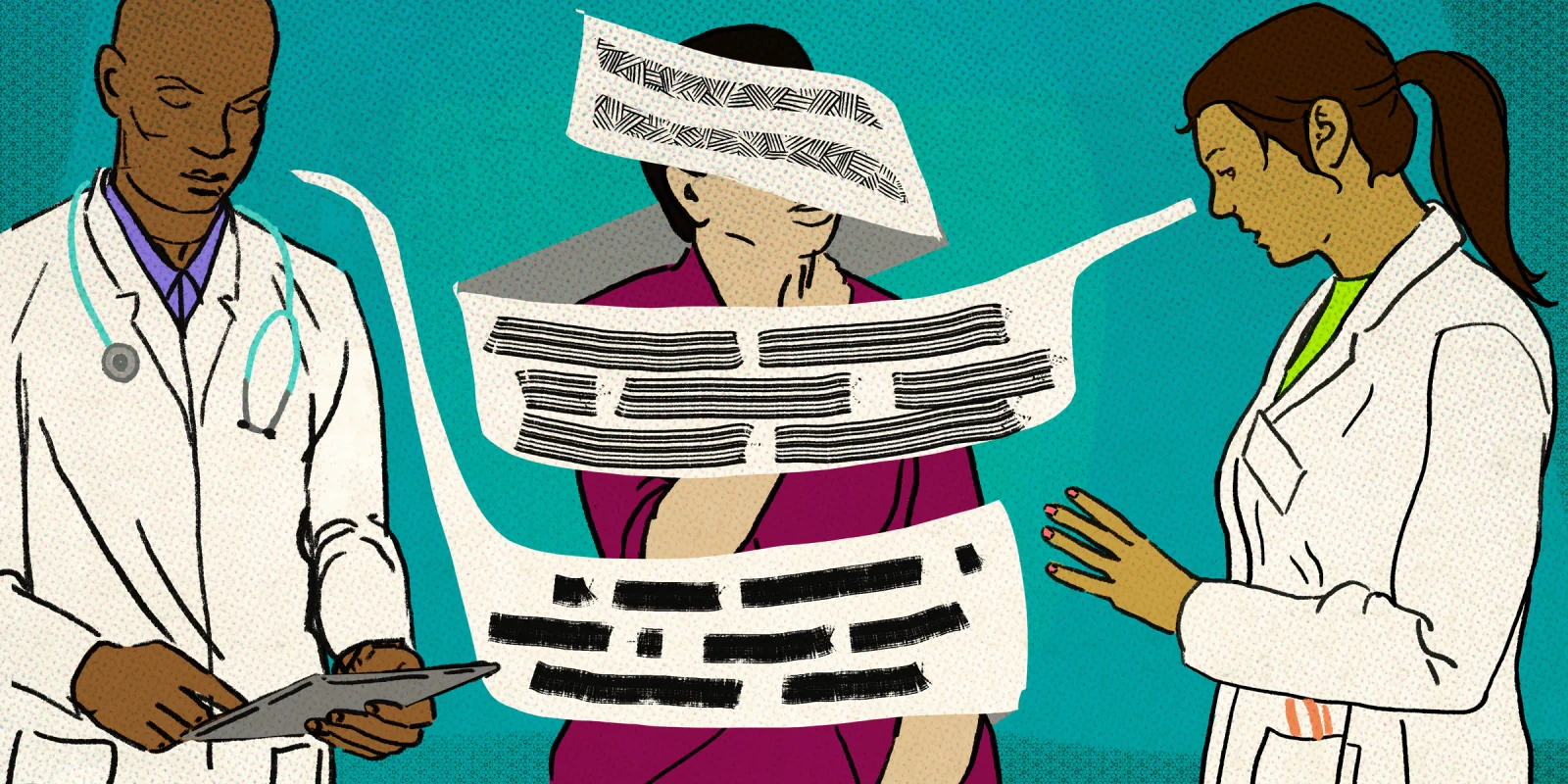“I prefer men; they’re easier,” said Dr. L.
“Yes, women just take up too much time,” Dr. T agreed.
I overheard their voices. I felt uncomfortable; two physicians were talking negatively about female patients. Hearing people complain about difficult female patients bothered me. As a woman, I wondered if anyone would take me seriously should I ever fall ill.
I once suggested to a former colleague that a female patient he was evaluating seemed anxious most likely because of an arrhythmia rather than anxiety. The colleague quickly retorted by commenting, “Please, take this patient. She’s all yours.” She did become my patient, and she did not behave too differently from other patients with similar conditions.
When I was a patient instead of a physician, I strove to be easy, unknowingly. My routine primary care appointments consisted of short answers on exercising, eating healthy, and lack of symptoms. I kept my labs within normal limits. Whenever a clinician told me that the ease of my appointment freed up their schedule, I smiled. Yes. I was an easy female patient, contributing to the easy pool.
Once, in a bike accident, my left arm was pulled downhill along with my falling bike. I got up on my feet and found my forearm and arm were misaligned. I could not put it back together, and so I called the ambulance. I regretted the call immediately, thinking that perhaps I had overreacted. I smiled at the EMTs when they arrived. They asked me if I wanted to bike myself to a walk-in clinic.
I agreed and scolded myself for having overreacted. But after they left, I ended up needing to take a ride-sharing service there because I was unable to bike with the injury to my arm. When my arm was X-rayed, the radiologic technologist immediately went to the surgeon, who, upon reviewing my film, recommended that I be admitted for an emergency surgery. The crushed pieces of three distinct bones could have closed off my blood circulation, I found out. I could have lost my arm. There I was, worrying about being an easy patient while my arm was dying.
We underestimate how much pain women could handle. In my practice, I met a handful of women diagnosed with “anxiety” and “depression” who presented due to persistent symptoms. After the patients explained their symptoms, they quickly brushed them off, stating that the pain might all be in their head.
Yet in a majority of these women, I had diagnosed real and potentially life-threatening conditions. Mrs. B thought her chest pain was heartburn, when she actually had a myocardial infarction that required a stent to the left circumflex artery. Ms. H thought she was just overly anxious, but it turned out she had a type of supraventricular tachycardia. Her anxiety subsided after undergoing ablation. Ms. N thought she was just getting “fatter,” when in reality, she had swelling from new heart failure with reduced ejection fraction. She lost weight after starting to take a diuretic. Mrs. Y kept getting “panic attacks.” It was only later that her doctors diagnosed her with coronary vasospasm. Her “panic attacks” improved after she started taking a calcium channel blocker. These are only a few examples; I could continue on for pages with more.
I have evaluated many such women in my practice. Some colleagues felt that I was able to catch many of these potentially missed diagnoses because I had the right personality and more time to spare. I found that that could not be further from the truth. Diagnosing these women typically did not take longer. The less receptive physicians perhaps took longer because they did not hear the women patients. I believe it is human nature to talk more when one does not feel heard.
A recent study showed that cardiovascular disease is responsible for roughly 35% of deaths in women per year, yet it remains understudied, unrecognized, underdiagnosed, and undertreated. When women speak up, they are considered “difficult” or “anxious.” However, when women do not speak up, they might not survive. It is no wonder we are only seeing “difficult” female patients.
Listen to her. Hear her voice. Diagnose and treat her. Perhaps she will no longer be so difficult.
What helps you deliver quality care to your female patients? Share your experiences in the comment section.
Dr. Htet Khine is a cardiologist at Renown Medical Center in Reno, NV, and serves as a clinical assistant professor at University of Nevada, Reno School of Medicine. She is a strong advocate for women’s cardiovascular health and loves to run and read in her free time. Find her on Twitter @hwkhine.
All names and identifying information have been modified to protect patient privacy.
Illustration by Jennifer Bogartz







